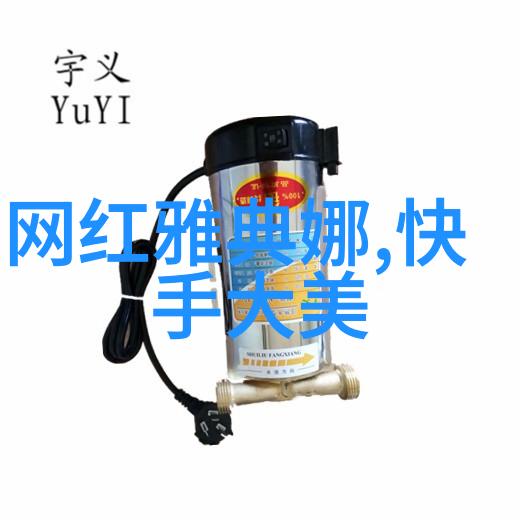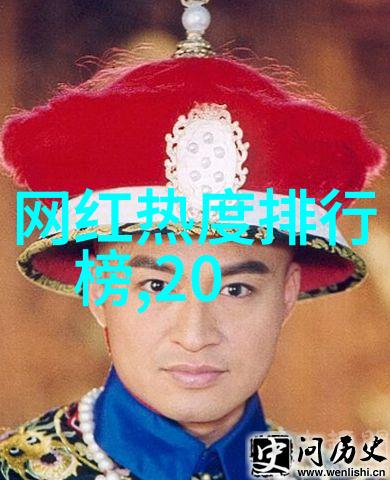Haute Couture to Streetwear The Evolution of Fashi
Haute Couture to Streetwear: The Evolution of Fashion Vocabulary in English

Fashion has always been a dynamic and ever-changing industry, with new trends emerging and old ones fading away like the seasons. But what about the words we use to describe it? How have our vocabulary for fashion evolved over time? Let's take a journey through history and explore how our language has adapted to the changing face of fashion.
Haute Couture

Haute couture is perhaps one of the most iconic terms in fashion, but did you know that its meaning has changed significantly over time? Originally coined in 19th-century France, haute couture initially referred to any type of high-quality clothing or textile. However, as time went on, it became synonymous with custom-made clothing created by top designers for individual clients. Today, only a handful of houses are recognized as true haute couture houses by the Chambre Syndicale de la Haute Couture et de la Mode.
Ready-to-Wear

In contrast to haute couture's focus on bespoke garments, ready-to-wear emerged as an affordable alternative for those who couldn't afford made-to-measure clothes. This term was first used during World War II when resources were scarce and fabric rationing was common. Ready-to-wear quickly gained popularity due to its practicality and accessibility – something that would continue well into modern times with fast-fashion brands dominating retail spaces worldwide.
Streetwear

Streetwear began life as casual wear designed specifically for skateboarding culture back in California during the 1970s-80s era known popularly as "the Golden Age." Brands such as Vans sneakers and Dickies jeans became staples within this community before eventually gaining mainstream recognition thanks largely due to celebrities like Kanye West embracing streetwear early on.
Sustainable Fashion

Sustainable fashion represents an increasingly important aspect within today's rapidly growing global consumer market where environmental concerns are at their highest point ever before (especially considering climate change). Terms such as "eco-friendly," "organic," or even more obscure ones like "circular economy" have become commonplace across various industries including textiles production; however these words carry significant weight especially since they highlight humanity’s responsibility towards preserving our planet while still looking stylish!
5.Couturism vs Fast Fashion
The difference between high-end designer labels (couturism) versus quick-turnaround mass-market retailers ('fast-fashion') reflects two distinct approaches toward designing clothes: one focused on craftsmanship quality & exclusivity while another prioritizes affordability speed & ease-of-accessibility respectively - both concepts which can be seen reflected throughout history too!
6.Linguistic Fusion
Lastly we must not forget that language itself evolves just like styles do - many English slang expressions from 'fashionista' (a style-conscious person), 'trendsetter', 'runway model,' etc., all trace their roots back directly from European languages including French Italian German Spanish & Portuguese among others showing how different cultures come together under shared interests creating unique linguistic fusion!



